Using the general stress relations (15.4.25) for the stress concentration problem of Example 15.13, show that the
Question:
Using the general stress relations (15.4.25) for the stress concentration problem of Example 15.13, show that the circumferential stress on the boundary of the hole is given by:

Verify that this expression gives a maximum at θ =±π/2, and explicitly show that this value will reduce to the classical case of 3T by choosing l1 = l2 = l = 0.
Equation 15.4.25
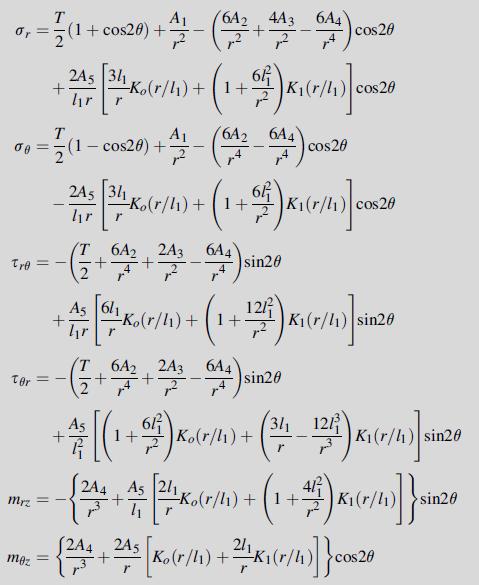
Example 15.13
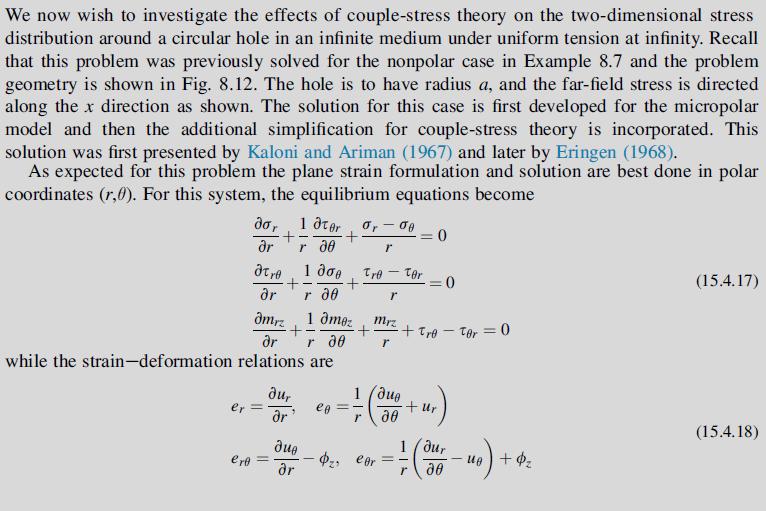

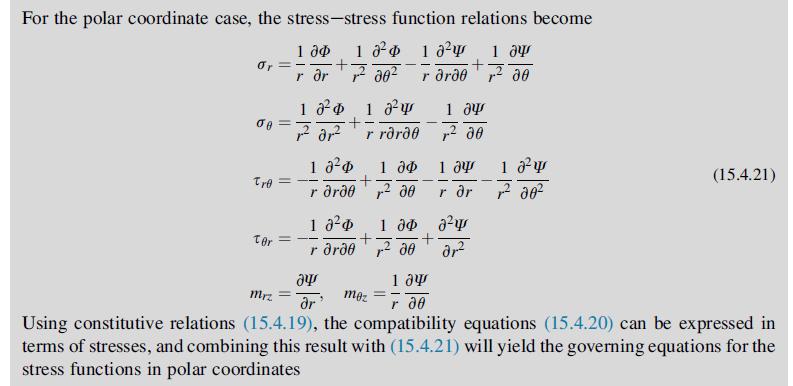


![T 0,- (1 + cos20) +- (+413 624) Cos 28 or = 08 +245 [314 A6(0/4) + (1+65) K (1/41)] 20020 -Ko(r/l)+1+ cos20 A](https://dsd5zvtm8ll6.cloudfront.net/images/question_images/1705/2/1/1/56965a376b1235ac1705211568840.jpg)
![T Trd = - (+642 +24 64+) sin26 Ter A5 + 4 [+ Kor/h) + (1 + 125) Ki(r/h)]sin20 hr mez = - (7 + 642 +24-64+)](https://dsd5zvtm8ll6.cloudfront.net/images/question_images/1705/2/1/1/59465a376ca56a6f1705211594003.jpg)

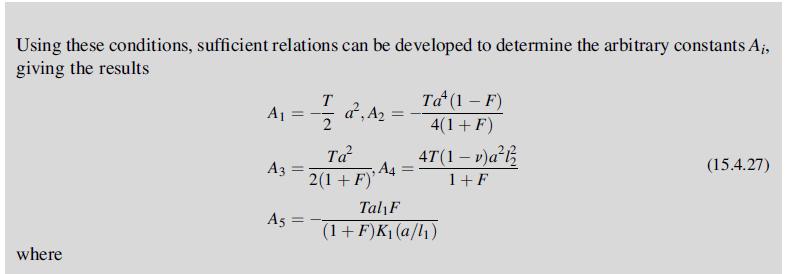
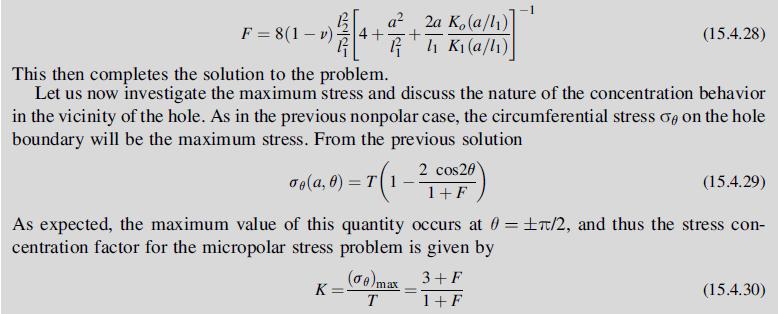
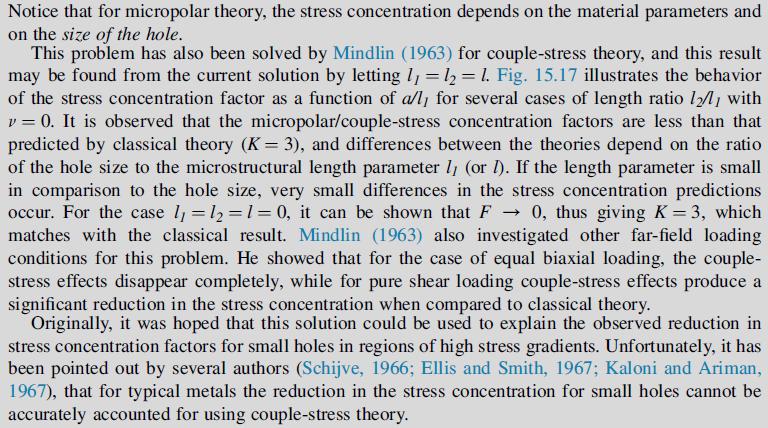
Fantastic news! We've Found the answer you've been seeking!
Step by Step Answer:
Related Book For 

Elasticity Theory Applications And Numerics
ISBN: 9780128159873
4th Edition
Authors: Martin H. Sadd Ph.D.
Question Posted:





